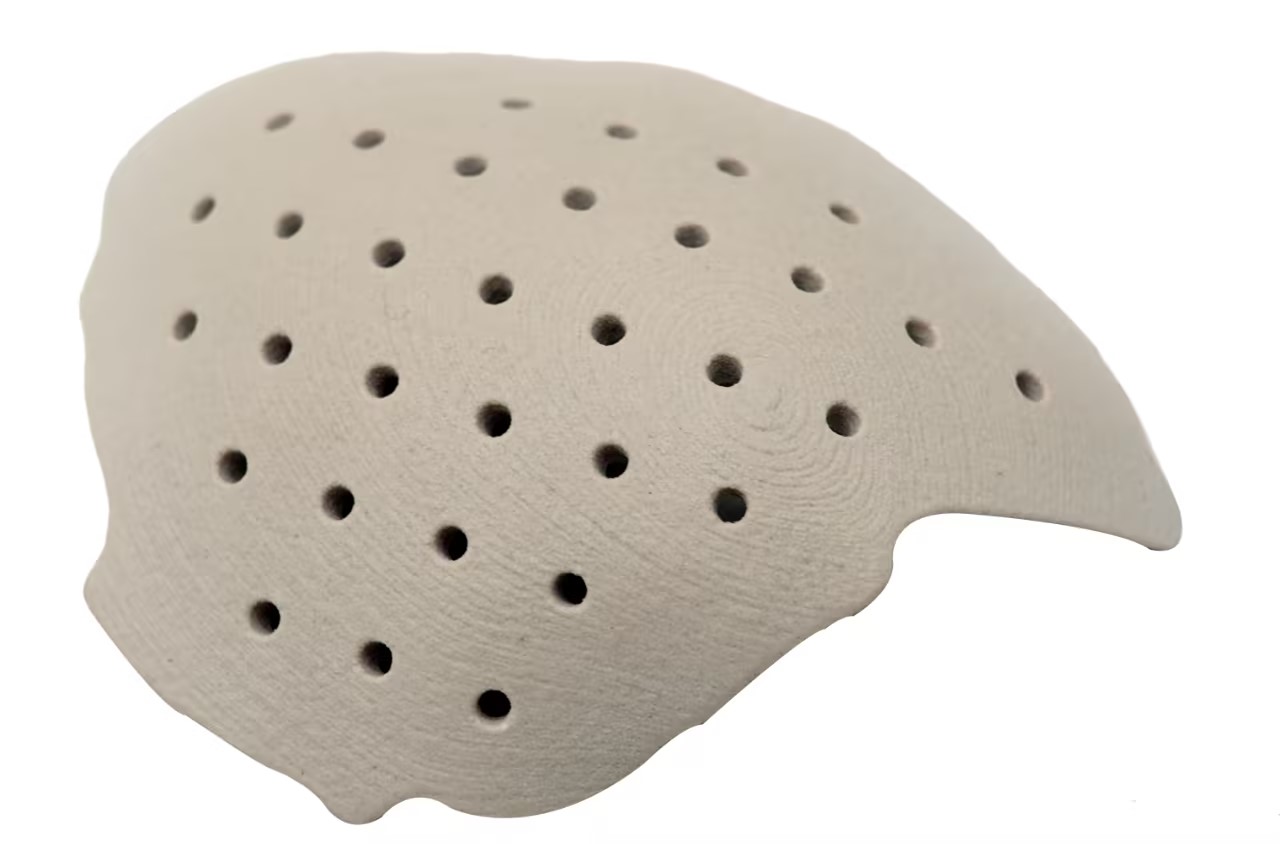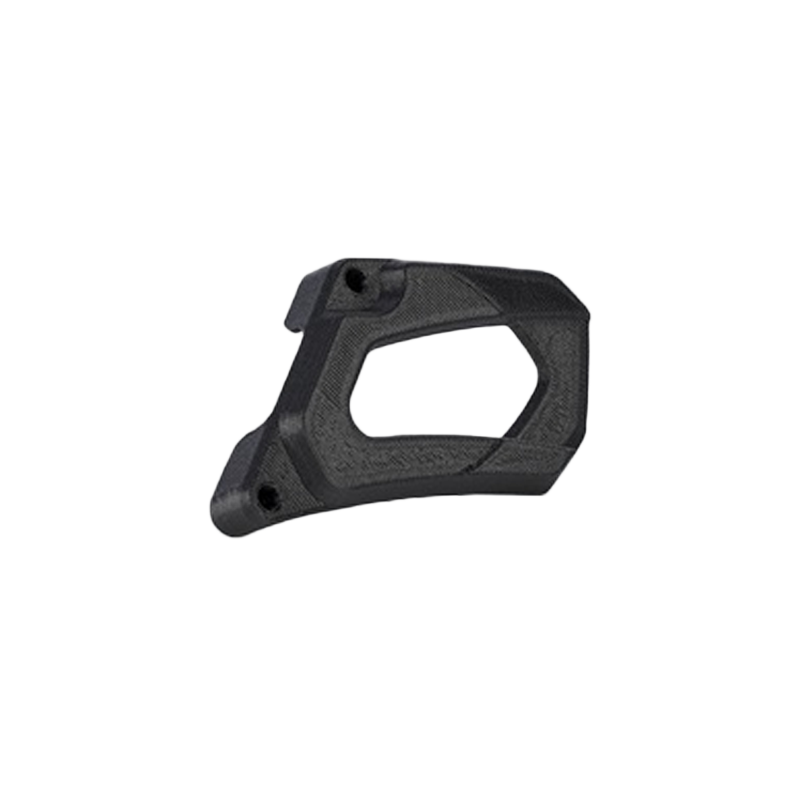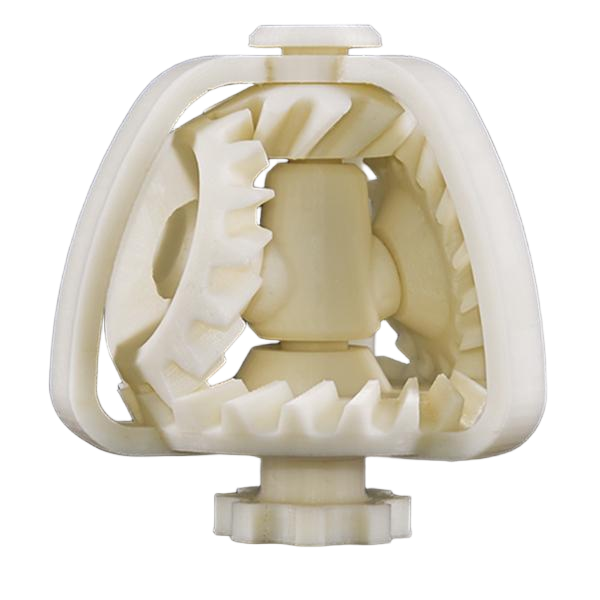Compare 3D Printing Materials
Explore and compare 3D printing materials to find the best fit for your project. From durable plastics to flexible resins, our guide highlights key properties like strength, flexibility, and surface finish, helping you choose the right material for prototyping, production, or custom parts.
PEEK
Process:
Corrosion Resistance, Strength, Temperature Resistant
PEEK (Polyether Ether Ketone) is a high-performance engineering plastic widely used in aerospace, automotive, medical, and electronics industries. As a material that is resistant to high temperatures, chemical corrosion, and wear, PEEK offers exceptional strength and rigidity in 3D printing, making it suitable for demanding functional parts. It can withstand temperatures exceeding 250°C and maintain stable performance under high loads and extreme conditions. PEEK also has excellent electrical insulation properties and biocompatibility, making it an ideal choice for medical implants and high-end industrial components.
PLA
Process: FDM
Durability, Biodegradable, RichColors, Economical
PLA is a high-quality, high-performance, and cost-effective 3D printing material, offering excellent layer adhesion and impact resistance, resulting in durable and long-lasting prints. The base series comes in up to 30 colors, ensuring uniform color consistency and stable printing quality. PLA is made from renewable plant-based resources, eco-friendly, non-toxic, and biodegradable. It is reliable, easy to use, and provides high cost-performance with a wide range of colors, making it an ideal choice for home, education, and industrial printing.
PA-Like
Process: SLS or MJF
Durability, Temperature Resistant
Nylon is a high-performance engineering polymer with well-balanced properties. It offers high strength, excellent toughness, and outstanding wear resistance, along with superior chemical resistance and thermal stability, ensuring reliable performance even under demanding conditions. Thanks to its lightweight and high reliability, nylon materials are widely used in automotive, medical, aerospace, and consumer products, making them an ideal choice for applications requiring both functionality and durability.
ABS-Like
Process: FDM or SLA
Moisture Resistance, Durability
ABS-like material is a durable and versatile prototyping material suitable for producing both functional and aesthetic parts. Its front surface is smooth, while the side walls and bottom have a matte finish, giving parts an appearance similar to injection-molded components. The material offers good dimensional stability, moisture resistance, and is easy to post-process, making it ideal for rapid prototyping and functional testing.It is usually available in black and white.
Aluminum
Process: SLM
HighStrength, CorrosionResistant, Lightweight
3D printed aluminum alloys, represented by AlSi10Mg and other aluminum-silicon-magnesium alloys, combine lightweight characteristics with excellent mechanical properties. They offer an outstanding strength-to-weight ratio, good corrosion resistance, and thermal conductivity, and demonstrate excellent fatigue and fracture resistance after heat treatment. The material is easy to form, weld, and machine, making it ideal for aerospace, automotive, and tooling applications where lightweight design and structural complexity are critical. Finished parts are typically shot-peened for surface treatment. If you require any other post-processing, please inform our customer service clearly.
Disadvantages: Poor heat resistance (maximum 120°C); surface roughness around Ra10, with slight pits and visible layer texture.






